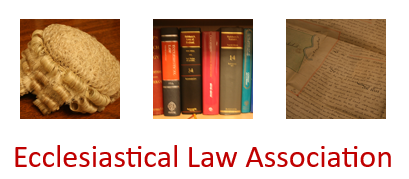The proposal was to erect a temporary classroom building within the churchyard (which was closed for burials), pending the completion of an extension to the Church of England school. The Chancellor granted a faculty, subject to conditions which included the removal of the temporary building within two years. The Disused Burial Grounds Act 1884 prohibits the erection of a building on a closed churchyard, unless for the purpose of enlarging a church, chapel, meeting house or other place or worship. In the present case, the temporary building would be linked to the church and would be available for use by the church on Sundays.

